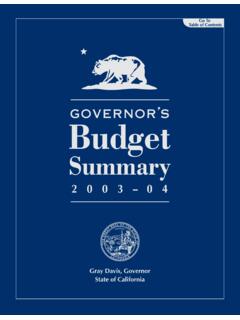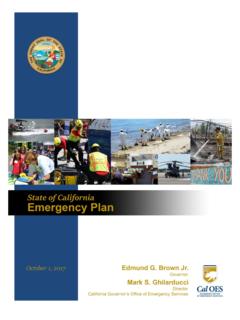Transcription of This page left blank intentionally - Minnesota
1 IC FORECAST this page left blank intentionally Budget & Economic Forecast February 2018 iii Statutory Provisions In accordance with Minnesota Statutes, section , subdivision 1, the commissioner of Minnesota Management and Budget (MMB) must prepare a forecast of state revenue and expenditures in February and November of each year. this forecast must assume the continuation of current laws and reasonable estimates of projected growth in the national and state economies and affected populations. Revenue must be estimated for all sources provided for in current law. Expenditures must be estimated for all obligations imposed by law and those projected to occur as a result of variables outside the control of the legislature. Expenditure estimates must not include an allowance for inflation. A forecast prepared during the first fiscal year of a biennium must cover that biennium and the next biennium.
2 A forecast prepared during the second fiscal year of a biennium must cover that biennium as well as the next two bienniums. Notes Numbers in the text and tables may not add to the totals due to rounding. Unless otherwise noted, years used to describe the budget outlook are state fiscal years (FY), from July 1 to June 30, and years used to describe the economic outlook are calendar years (CY). Supplemental budget and economic forecast material is available on MMB s website ( ). Budget & Economic Forecast February 2018 4 this page left blank intentionally . Budget & Economic Forecast February 2018 v TABLE OF CONTENTS TABLE OF CONTENTS v EXECUTIVE SUMMARY 1 ECONOMIC OUTLOOK 7 Economic Outlook 7 Minnesota Economic Outlook 12 Council of Economic Advisors Statement 22 BUDGET OUTLOOK 26 Current Biennium 26 Planning Estimates 28 REVENUE OUTLOOK 30 Current Biennium 30 Planning Estimates 35 EXPENDITURE OUTLOOK 37 Current Biennium 37 Planning Estimates 40 APPENDIX 42 Budget & Economic Forecast February 2018 1 EXECUTIVE SUMMARY Minnesota s budget and economic outlook has improved since November.
3 A surplus of $329 million is now projected for the FY 2018-19 biennium. The revenue forecast for the biennium is up $353 million compared to November estimates. Higher forecasts for all the major tax types contribute to the change. this forecast reflects increased economic growth arising in part from short term stimulus from federal tax law changes. After accounting for recently enacted legislative budget appropriations, spending for the biennium is projected to be $167 million lower than November estimates. Federal reauthorization of appropriations for the Children s Health Insurance Program (CHIP) is the most significant driver of the lower overall expenditure forecast. The improved budget outlook continues into the FY 2020-21 planning estimates with modest structural balance projected for that biennium.
4 Economic Outlook. The short-term outlook for economic growth has improved since Minnesota s Budget and Economic Forecast was last prepared in November 2017. The economic data coming in since November has been solid, with strong consumer spending and business equipment investment, as well as rising employment and disposable income. In addition, Minnesota s macroeconomic consultant, IHS Markit (IHS), has incorporated into their February baseline outlook the impact of federal fiscal stimulus from the Tax Cuts and Jobs Act (TCJA). Relative to November, this change has modestly improved the economic outlook, sped up expected price and interest rate increases, and significantly raised the forecast for federal deficits. In IHS's February outlook, consumer spending and business investment contribute more to 2018-2019 real GDP growth relative to November, offsetting an increased drag from net exports.
5 IHS has increased their forecast for real GDP growth in 2018 to percent from percent in the November forecast. Real GDP is forecast to maintain the percent growth rate in 2019 before dropping to percent in 2020 and percent in 2021. The deceleration in 2020 and 2021 is due to slower growth in both consumer spending and business investment, as the impacts of the TCJA are offset by more aggressive monetary policy. Budget & Economic Forecast February 2018 2 IHS has increased their forecast for real GDP growth in 2018 to percent from percent in the November forecast. Real GDP is forecast to maintain the percent growth rate in 2019 before dropping to percent in 2020 and percent in 2021. While some questions about federal policy have been resolved since our last forecast specifically, passage of the TCJA important uncertainties remain.
6 The IHS February forecast was released on February 5, prior to the passage of the federal Bipartisan Budget Act, which raised discretionary spending caps by about $300 billion over the next two years. The passage of the bill avoided a government shutdown, but it added uncertainty for the period beyond FY 2019 when budget caps are scheduled to return. At this time it remains unclear whether a federal spending and infrastructure bill will emerge from Congress and how those changes will affect the federal deficit and economic activity. In their February outlook, IHS assumes that Congress will pass a law to extend the personal tax provisions of the TCJA before 2026, but failure to do so will create a fiscal cliff. In addition, possible changes to trade and immigration policies add uncertainty to the economic outlook. Looking ahead, IHS expects consumer spending to remain the primary contributor to growth in the economy, even as the pace of spending eventually slows.
7 In the short term, consumer spending is well-supported by rising employment, disposable income, and household wealth, with an additional boost to income and spending from lower tax rates under the TCJA. In this forecast, real consumer spending is expected to grow percent in 2018 compared to percent projected in the November forecast. The improved forecast continues into 2019, with projected growth at percent relative to the percent projection in the November forecast. However, IHS expects a slowdown in real consumer spending in the years of our planning estimates. Spending growth is forecast to decelerate from percent in 2019 to percent in both 2020 and 2021. this occurs as consumers shift their focus from spending to saving. In IHS outlook the personal saving rate rises from percent in 2018 to percent in 2018 and stays above percent through our forecast horizon.
8 Budget & Economic Forecast February 2018 3 Beyond 2017, total wage and salary income grows faster in this outlook than IHS had assumed in November. Total wage and salary income is now estimated to have grown percent in 2017, down from percent in November. The slower growth does not continue into 2018, however, when total wage income grows percent in this forecast compared to percent in November. Forecast growth for 2019 is now percent, up percentage point from November, and the growth forecasts for 2020 and 2021 have been raised and percentage point, respectively, above the prior projection. The IHS February outlook is similar to that of other macroeconomic forecasters. The February Blue Chip Consensus, the average of about 50 business forecasts, calls for real GDP to grow percent in 2018 compared to IHS's percent. For 2019, the Blue Chip Consensus expects growth of percent, percentage point slower than IHS.
9 Minnesota Economic Outlook. With the expansion in the second half of its ninth year, Minnesota s steady economic performance continues. The state is adding jobs at the same rate as the , driving the unemployment rate well below the national rate. In December, Minnesota s seasonally adjusted unemployment rate fell to percent, percentage point below the national rate and percentage points lower than a year ago. It is the lowest unemployment rate the state has seen in more than 17 years. Demand for workers is robust, and job vacancies statewide have grown to a very high level. The ratio of unemployed persons to job vacancies has hovered between and for the last three years, but it is now , indicating that there are slightly fewer unemployed job-seekers than open positions across the state. Strong labor demand has allowed the state to continue to add jobs, even as available workers have become scarce.
10 In the 12 months ending in December 2017 employers added more than 44,000 jobs, bringing Minnesota s annual employment growth to percent, the same pace as the over that period. this employment growth coincides with a gradually increasing labor force participation rate (LFPR). Minnesota s LFPR reached percent in December, which is percentage points higher than a year ago, 8 percentage points above the national rate, and the second highest among states. In this forecast we expect employment to grow of and percent in 2018 and 2019. We expect this employment growth, combined with moderate acceleration in wages per worker, to lead total wage and salary income to grow to percent in 2018 and 2019, respectively. Budget Outlook: Current Biennium. When the last Budget and Economic Forecast was released in November, a deficit of $188 million was projected for the FY 2018-19 biennium.
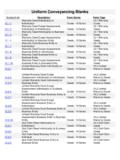

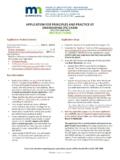
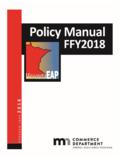



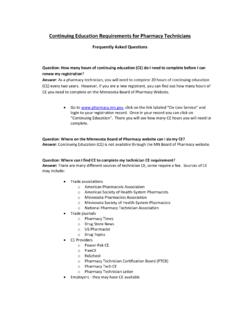
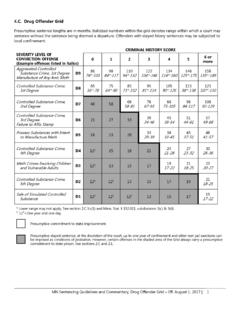
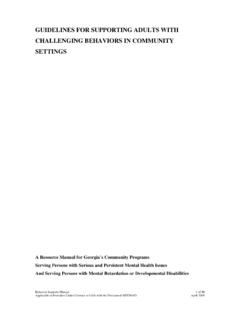
![[Page Intentionally Blank] - Police Executive …](/cache/preview/6/9/5/6/0/0/0/f/thumb-6956000f3f6abdc7d6fe85fa330b8ad5.jpg)



